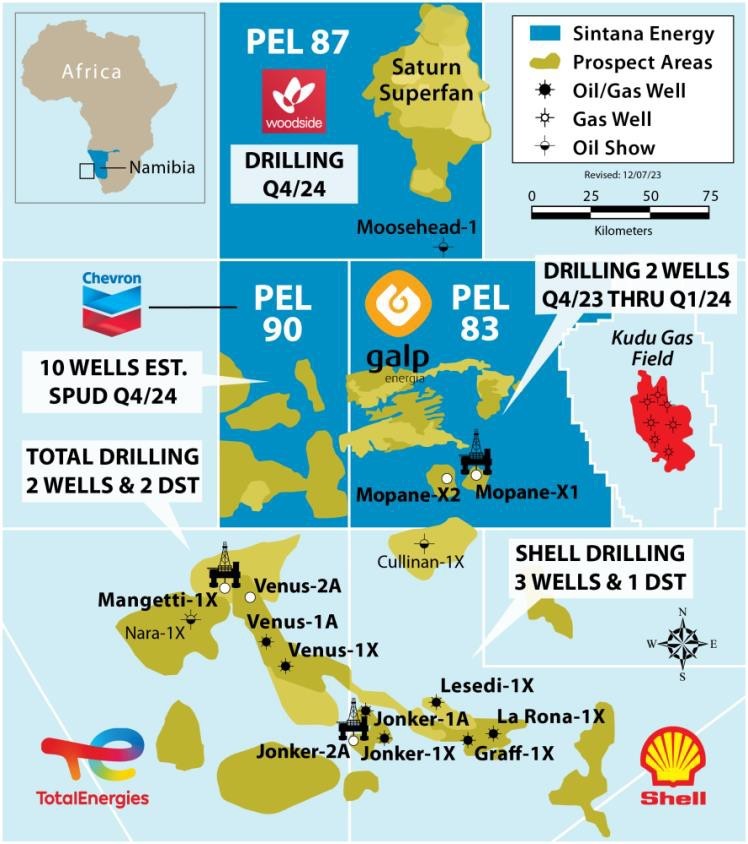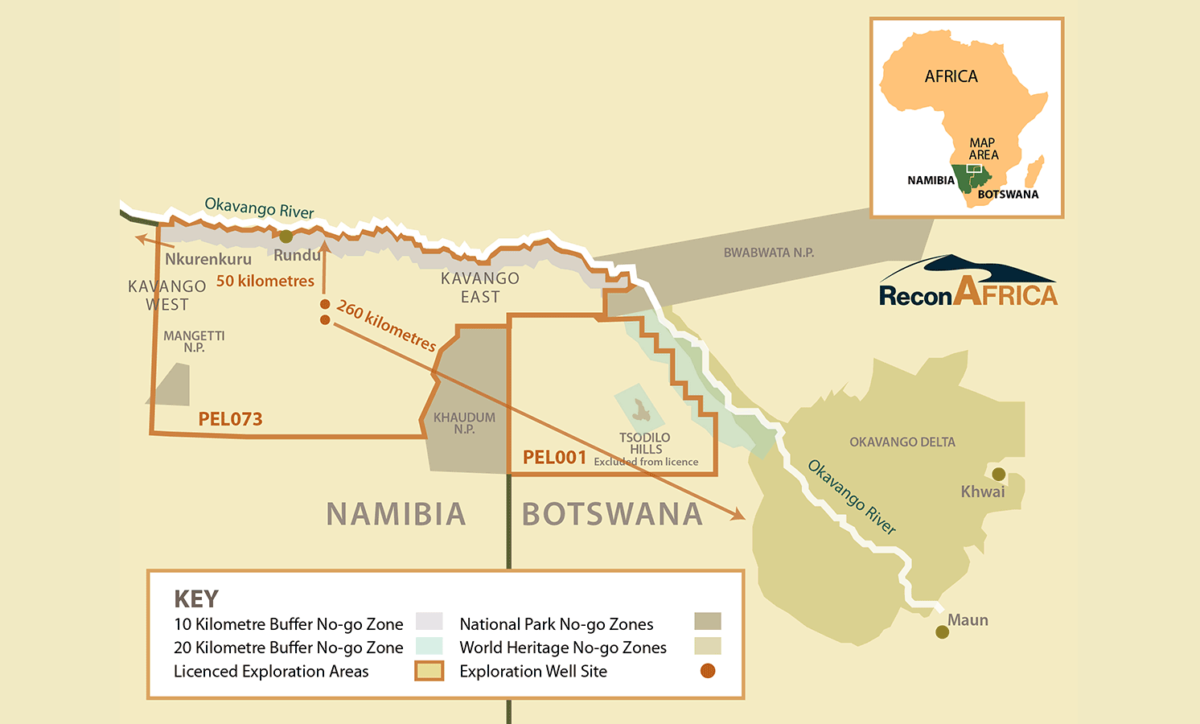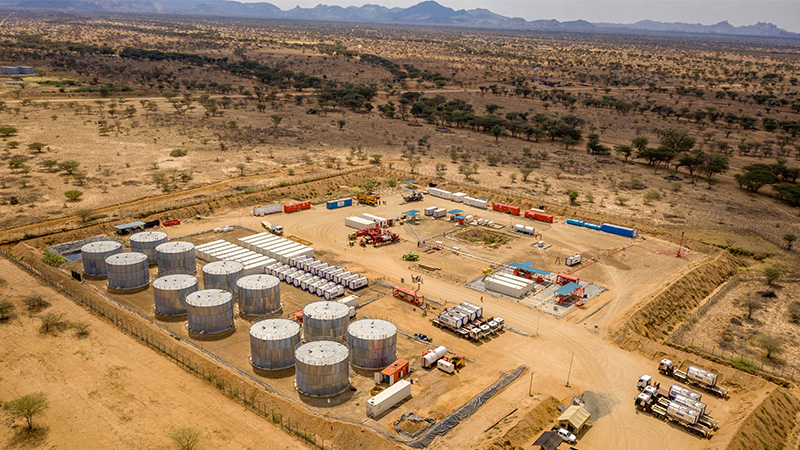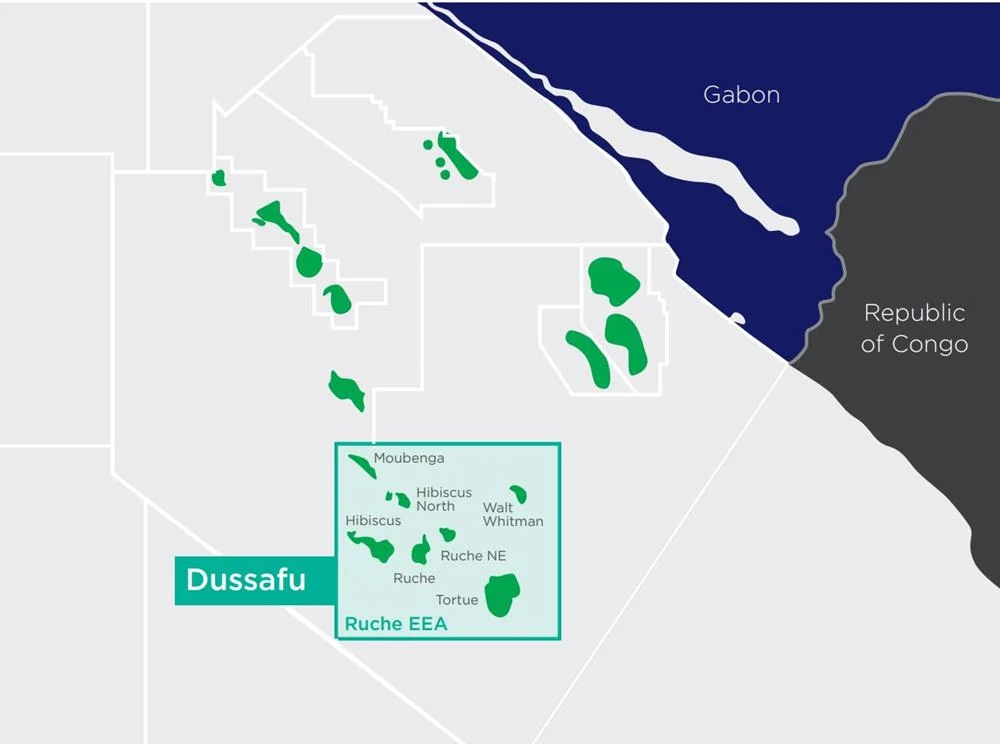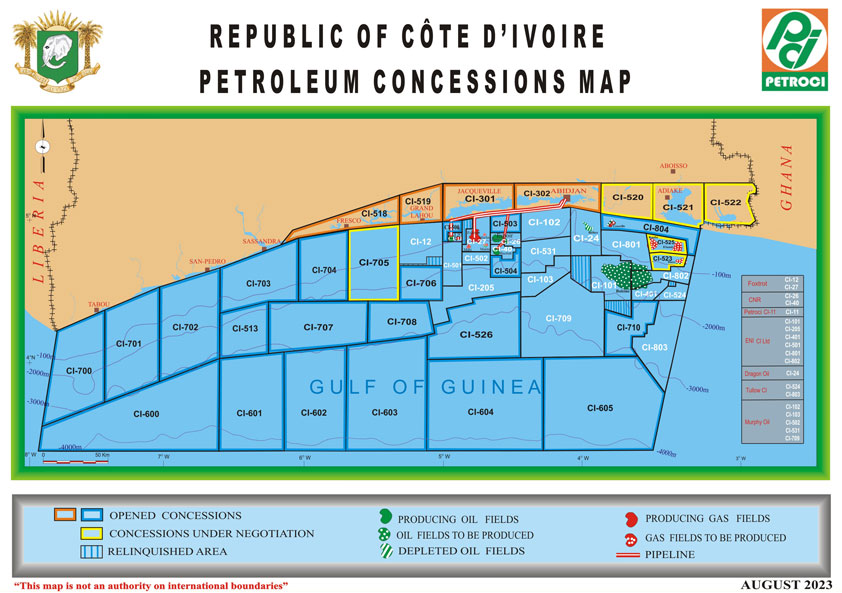2014 oil and gas industry planning cycle: getting it right
By Peter J. Parry, Partner, Bain & Company
This checklist of 10 key issues for the 2014 oil and gas planning and budgeting cycle covers macro-economic trends, industry themes and specific tactical considerations. We recommend using this kind of structured framework to challenge thinking and ensure a highly effective planning process, contributing to high-quality, accurate results.
Macro-economic trends
Global macro-economic risks have shifted as the modest stabilisation in the main advanced economies, including the US and western Europe, has contrasted with deteriorating conditions in the prime developing economies. We expect China’s growth to continue to be volatile through this planning horizon, and that will affect many upstream trading partner countries that have relied on China’s dynamism for their growth. Although the effect of a stabilising west and a more uncertain east may net overall growth, higher volatility and low-cost capital will make conditions ripe for large, short-term swings in the oil industry. These notes of caution are a passing veil of uncertainty, as midterm GDP growth and low-cost capital create a positive future for the industry.
1 Low real interest rates 2014 plans should consider the likelihood of continued low-cost capital, driven by low real interest rates. Oil and gas companies enjoy strong balance sheet positions with gearing below 30%, while low-cost capital creates new investment and expansion opportunities. More ambitious investors and governments may begin to lower their investment hurdle rates, pushing oil companies’ capital spending levels even higher and increasing national oil companies’ (NOC) appetites for acquisition. For oil majors with lagging profit-to-equity ratios, a growth push is one route to close the gap between them and other sectors with higher private equity ratios.
2 The new normal of political risk The oil industry has long managed shifting political landscapes. However, in 2014 the industry will have to contend with a new administration in Australia; energy reforms in Mexico and India; difficulties in Egypt, Nigeria and Syria; and perhaps strengthening energy alliances among Russia, China, Brazil and the Caspian countries. Tensions in the China Sea may be exacerbated by a resurgent Japan combined with China’s ongoing transitions.
Few companies have structured processes for embedding short-term disruptive political risk into their annual planning processes. Yet this level of sophistication is exactly what oil companies need in an uncertain environment. We are still likely to see some companies disadvantage themselves by planning to increase performance targets and investment hurdle rates in the face of unstable political settings, instead of creating plans that explicitly deal with a range of possible political developments.
Oil and gas industry themes
Capabilities, inflation and price volatility were important themes during 2013 and they will continue to be critical in the 2014 planning cycles of oil majors, NOCs, oil independents and the oilfield services sector. The first two – capabilities and inflation – dragged down results in the first half of 2013, suggesting they were underplayed in last year’s plans. Price volatility, while not dramatic, was cited by many as a surprise in the first- and second-quarter 2013 results.
These themes are joined in 2014 by weaker capital project inventories beyond 2017. Where will the next generation of step-change growth come from? The outlook is not great, but some companies could differentiate themselves through their next-generation growth projects.
3 Capabilities and capacity Specialist skills are more valued today than at any other time in the past two decades. But too many companies don’t know how many staff they have in key technical disciplines and what they will need over the next five years. Growth leaders are building into their budget processes detailed plans to strengthen their talent pools and improve their capabilities. ExxonMobil, Shell and BP have moved their upstream operating models to technically thematic organisations – a shift from functional organisations. Some US shale gas players, such as Hess and Chesapeake, are moving to focused asset-based models to get a better handle on costs and build specific technical needs. This will allow the development of strong, differentiated core capabilities, a prerequisite for sustainable growth. We expect more companies to follow this trend in 2014.
4 Inflation Growth areas such as Brazil, Australia and the Middle East, as well as unconventional activities in the US are seeing annual energy industry cost inflation rates of 10%-15% in some equipment and services. Planning budgets often assume that increased spending will generate more activity, but our analysis finds that many companies are spending more on operations without corresponding increases in activity and, more important, production volumes. Quite a few companies have structured productivity and cost improvement programs (Occidental), restructuring plans (Hess) or project cost reviews (Chevron’s review of its Gorgon LNG project in Western Australia) under way. We anticipate that many more will need to do this in 2014.
5 Oil and gas price volatility Price uncertainty continues to challenge energy companies as they estimate net incomes and affordability of capital project budgets. Several companies, including ExxonMobil, Shell and ConocoPhillips, referenced this uncertainty in their 2013 second-quarter results. Lower price realisation is a challenge when many companies are still running “marker” gas or crude price in their budgeting exercises.
6 Longer-term project pipeline quality With so many large developments and expansion programs scheduled to complete by 2017, the industry must define the next generation of projects. Gas export terminals in the US, complex East African gas, ultra-deepwater and Arctic drilling, along with a new round of refinery upgrades to meet new fuel specifications – it is hard to see these all as high-return projects. We expect many companies will return to mature sites and look for missed oil, tapping improved recovery techniques, including advanced seismic sensing, digital oilfield applications and the next generation of drilling technology advances. The industry could signal a move away from mega-projects to large reactivation and infill programs upstream and selective expansions around advantaged sites in the downstream.
Tactical specifics
Planning priorities will vary for each company, but most will include exploration, gas, projects and operational performance.
7 Exploration focus Exploration is difficult at the best of times, as the licence round schedule, drilling success rates, and the costs and availability of rigs all introduce uncertainty. For larger players, materiality and maturation speed are constant concerns, which is why we have seen many companies now quoting resource addition annual performance in addition to proven (P1) reserve additions. To grow 100,000 barrels of oil equivalent (BOE) per day, producers need to consistently find an extra 35 million to 45 million BOE per year. For the supermajors and large NOCs to sustain production, finding 1 billion to 1.5 billion BOE a year is the challenge.
The priority exploration themes for 2014 include:
- Big gas (East Africa, Australia and the eastern Mediterranean);
- Re-exploration: going back to mature provinces with improved seismic-while-drilling technology and knowledge (Norway, UK and the Gulf of Mexico);
- Deepwater oil (Brazil, West Africa and a full restart in the US’s Gulf of Mexico);
- Onshore oil (East Africa, India, California and Egypt);
- Unconventional oil and gas (US, Argentina and Australia).
The number of focus areas required by an oil company depends on its size. But with exploration budgets of $500m a year for the independents and as much as $5bn a year or more for the supermajors, there seems to be no shortage of investment dollars targeting emerging trends and new opportunities.
8 Gas Gas was once the stable part of the portfolio, but mid-term planning has taken on a challenging degree of uncertainty. Unconventional gas in the US has caused huge swings in market prices and the value of gas assets. Recent examples include the writedowns by companies that had built up big resource positions, such as Anadarko, BHP Billiton, Encana, Noble, Shell, Statoil, and Total; cost escalation for mega offshore projects, as experienced by Chevron Australia; and large new discoveries in East Africa, India, Argentina, the eastern Mediterranean and Australia.
Gas remains a very strong part of the mix and will drive a large part of the volume growth for the international oil companies (IOCs) over the next decade. But project delivery is likely to be slow and commercialisation subject to greater gas-to-gas competition. The best projects will still yield solid returns and support growing demand. But it is more important than ever to hold “advantaged” assets to deliver strong results.
9 Major projects start up Large conventional projects face two main performance challenges in addition to cost: Will they start up on time, and will they perform to expectations? The larger the project, the more susceptible it is to slippage. Once up and running, most see lumpy performance during the first six months rather than a smooth ramp-up, as the facility transfers from project to operations.
Unconventional projects are different, more like a long-running manufacturing program with a moving work site. For planning effectiveness, the measure is how many wells can we complete and hook up, how quickly and at what unit cost. For the 2014 plan, it will be vital to know if these criteria are escalating, steady or declining.
10 Realistic operational delivery The operational reliability of the oil and gas industry continues to be a sizeable challenge and a huge opportunity to realise value. For example, in the North Sea the average oil production asset performs well below its theoretical potential and has a large backlog of maintenance work (see figures 1 and 2). From a planning perspective, it is critical to have a clear view of historical performance, as well as reasons to expect stronger or weaker future delivery and the extent to which planned programs and interventions will increase operational performance.
Figure 1: Monthly average production, barrels of oil per day
Figure 2: Maintenance backlog as a percentage of estimated yearly maintenance man hours at the end of the quarter
Summary: getting 2014 right
We see a greater premium than ever in getting forecasts and guidance right, not only for internal performance management but also for IOCs to meet stock market requirements and for NOCs to contribute to national budgets. The lower profit-to-equity ratios in oil and gas indicate a performance gap between this sector and other major commercial sectors – which has as much to do with planning as with delivery.
Whenever possible, the approach to planning should focus on the quality of information and sensitivity analysis around what are often P50 numbers – that is, those with at least a 50% confidence level of being commercially recoverable. It is also important to have a realistic view on timing for new projects as well as the upside to be found in mature assets. With a good checklist as a prompt, 2014 planning could be the best yet.



